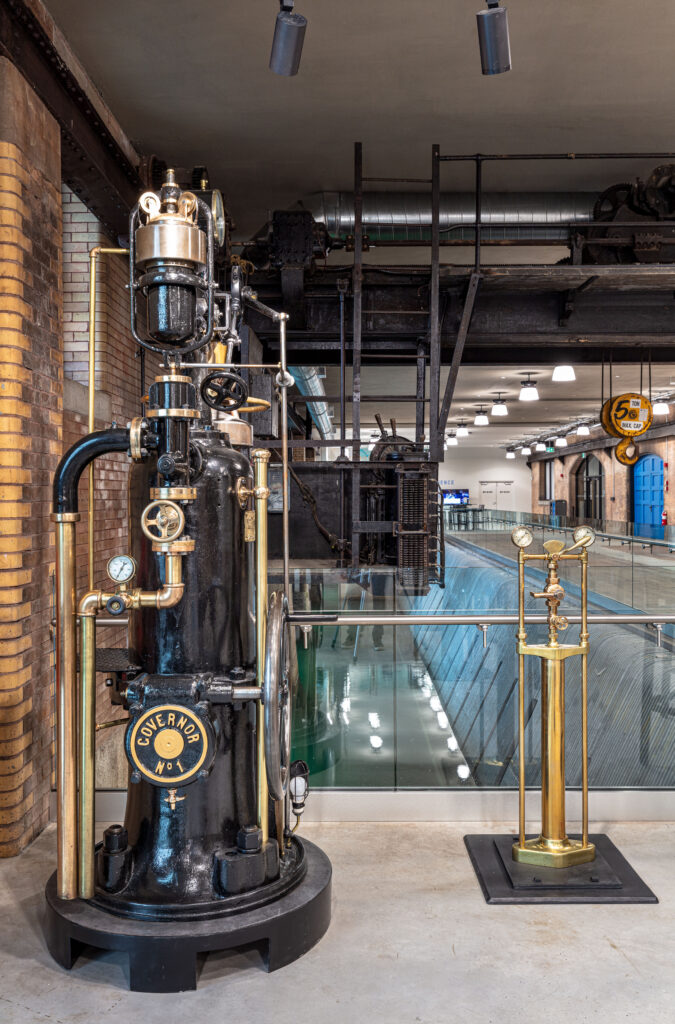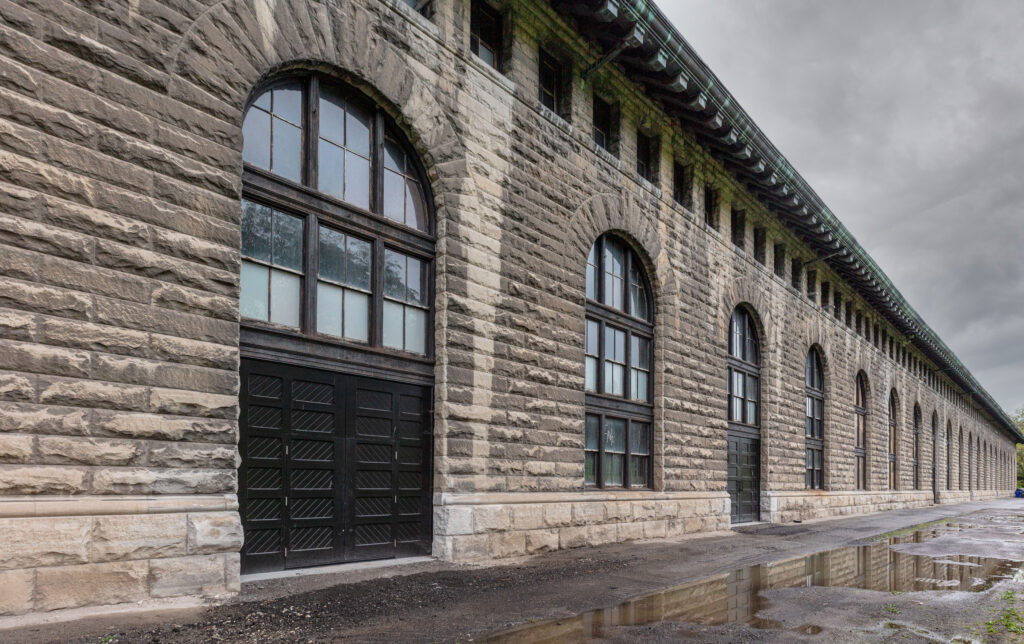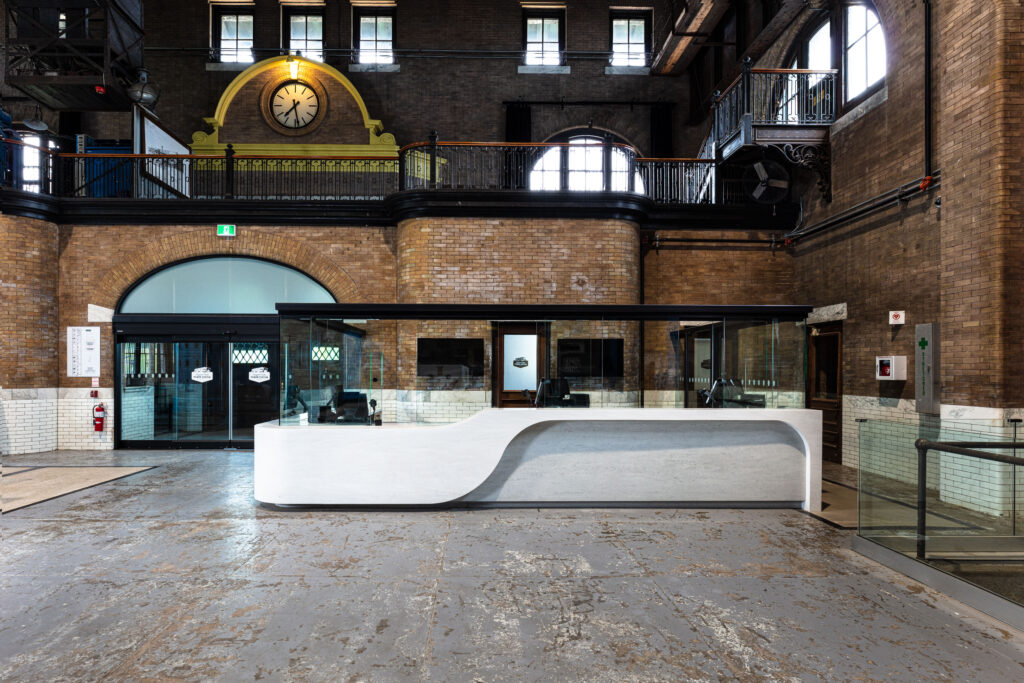Niagara Parks Power Station [+VG Architects (The Ventin Group Ltd.)]
Nominated for the Paul Oberman Award for Adaptive Reuse: Large-Scale/Team/Corporate for turning the historic Niagara Falls powerplant into an educational and entertainment destination
.
Niagara Parks Power Station (NPPS) in Niagara Falls is the world’s only existing powerplant of its age that is still complete in its original form and with all its original equipment intact. +VG Architects (The Ventin Group Ltd.) was Architect of Record and contract administrator on its adaptive reuse into an iconic educational and entertainment destination, maintaining its heritage while complying with code for assembly use.
Completed in 1905, the Richardsonian Romanesque-style Canadian Niagara Power Generating Station, by New York City-based architect Algernon Bell, set the standard for supplying electricity at commercial scale. Closed in 2006, Niagara Parks Commission assumed ownership, reopening the plant as NPPS in 2021. “The station’s excellent condition let us focus on stabilized conservation with a very light touch instead of restoration or renovation,” says Paul Sapounzi, +VG President and Managing Principal.
Visitors enter the building through the north entrance’s monumental bronze double doors and proceed through a new vestibule and ticketing area into the generator hall. From there, the original portals with rolldown doors separating the inner forebay and generator hall lead visitors into the inner forebay, now a retail store with capacity for dining and entertainment additions. +VG unobtrusively added four new code-mandated emergency exit doors along the west façade by extending existing windows to the floor to create additional door openings, then replicated the single existing heritage door. Elsewhere, furnishings recreate the building’s industrial look. New washrooms, for instance, use the original washroom’s subway tile. The adaptive reuse has kept the generator floor with all 11 original generators intact. Historical machinery and other features of the building were preserved and maintained for the public’s enjoyment.
.
.
.




